Why you should use a meter
I won’t call any names
But again a totally useless and ridiculous video online on why you should not use a lightmeter.
Guys listen
Learn how to use it (it’s incredibly simple, just hold it in front of the area you want correctly lit and take the reading).
No need to take test shots and when you change locations or setups the exposure is always equal so you deliver something that is of constant quality. Which not only doesn’t make you look like an amateur but also shaves off a load of work.
In essence when I take a shot I never have to touch anything in the raw convertor unless I want to for creative purposes or to counteract filters I am using.
A few things that always comes back
1. I don’t know any model that’s 18% gray
No dummy me neither and that’s why you SHOULD use a meter because the camera meters reflective and the meter incident. So first learn how a meter works before telling people this kind of nonsense
2. It kills creativity
Oh please. Just look at my portfolio (not creative?)
It actually helps creativity because you don’t have to mess around with getting your lighting in order. And because with a meter (and colorchecker) you always have the same “perfect” base you can very quickly use the same presets and get consistent results very fast. Meaning more time for creative work.
3. It slows me down
Learn how to use the fricking thing.
4. I always over expose half a stop
Huh….. How do you know how to overexpose half a stop if you don’t meter….. That’s just the dumbest thing ever.
With a meter you get the base reading. If you want to under or overexpose you can still do that. But it’s much faster and consistant.
5. You don’t need it for digital
Lol. Ok so digital changes the whole science of light. You probably also believe that a crop sensor needs a stop extra of light because it’s smaller……
6. I use the histogram
The histogram us useless for proper exposure. It just shows you the values in your shot. If you shoot a snowman in a snowstorm everything is mostly right. When you shoot a black cat in a mine everything is mostly left. That’s about the usability of the histogram. It’s nice to see if you blew out highlights (although that’s also not true because you are judging a jpg thumbnail. Unless you shoot tethered). A histogram never gives you the correct exposure.
7. I am so experienced I can read the light
Yeah sure. And I can see the future.
Look when you use the same strobes in the same setup you can get away with it. But when I look at my work (and most) we always change setups, outputs etc. So good luck “reading” your lights. Trust me that’s just BS. I can get close due to years of experience but close is not good enough and still takes me time to correct. And I don’t want to spend time on correcting. Just get it right in a few seconds
I can go on and on
Listen
A lightmeter is a TOOL nothing more or less.
It doesn’t kill creativity. That is your own choice/problem
It’s just there to get a proper base reading so you know how to get the proper exposure thanks to the diffused value.
It’s nothing more and certainly nothing less
In my opinion every photographer that uses strobes inside or out should use a meter. If they value speed and accuracy.
If you want to look like an amateur messing around with your light and delivering images that vary in exposure and color (colorchecker) be my guest. But don’t make videos with wrong information that thousands of people watch.
Every single reason to NOT use a meter is a lack of knowledge about the meter. And that’s it.
When not to use a meter?
When you can get away with the onboard metering. So events, street and travel etc. Thanks the the evf and display we can get judge our images pretty fast. And if you don’t need the model/subject to look the same in each shot/scene using a meter can slow you down. But when you shoot one model/subject under different conditions the meter will speed up your workflow so much it leaves you plenty of time to be more creative with your final result.
Sorry for the rant but I hate it when people spread false information especially when it’s education. We can disagree on many parts but literally telling people a meter is useless is the biggest BS out there.
Any questions feel free to ask
#alphapro #sekonic #xrite #benq #photography

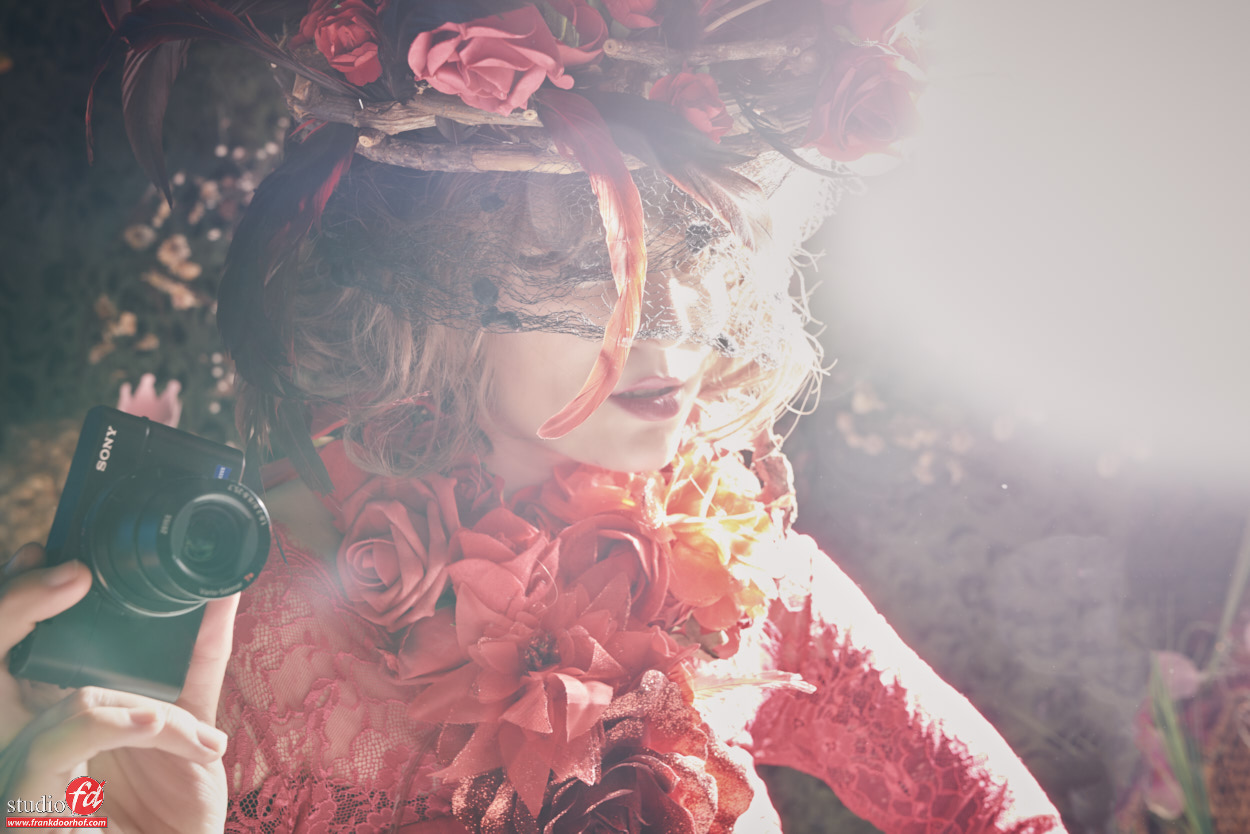

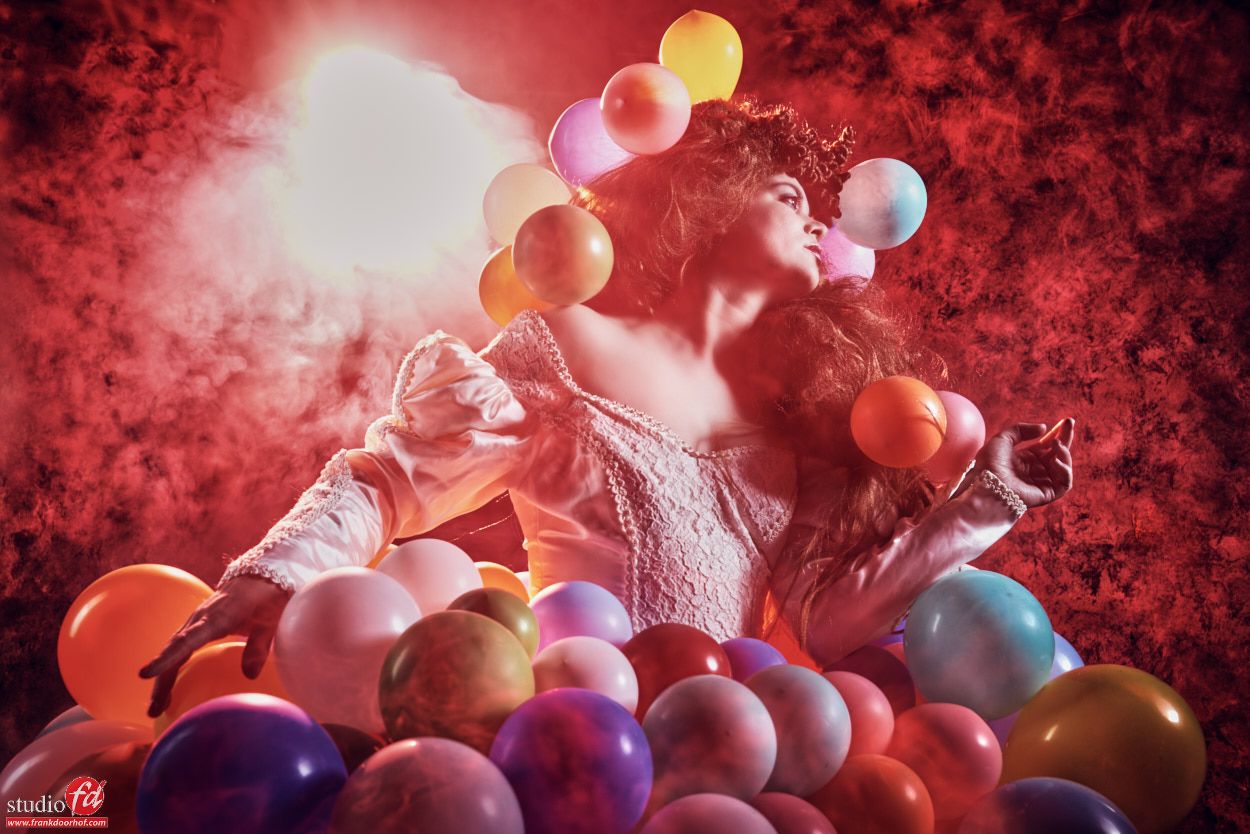
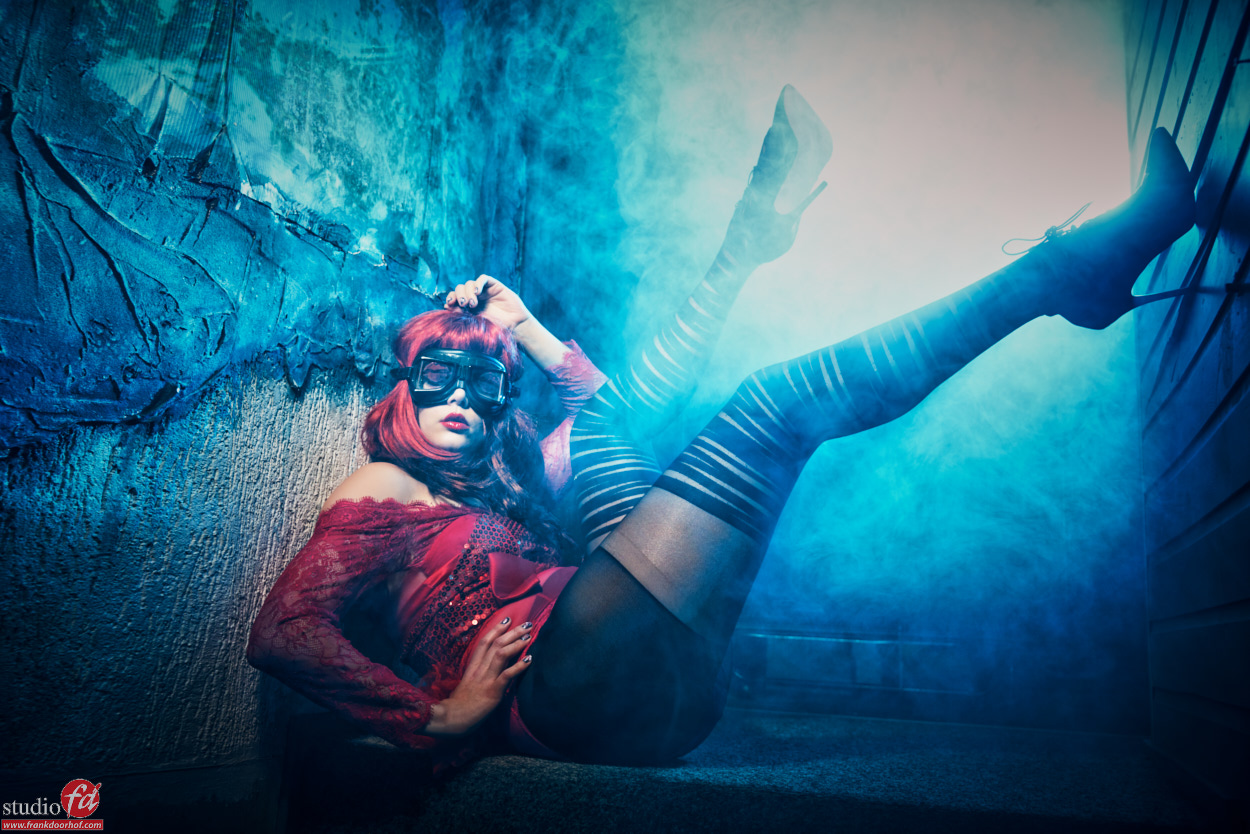
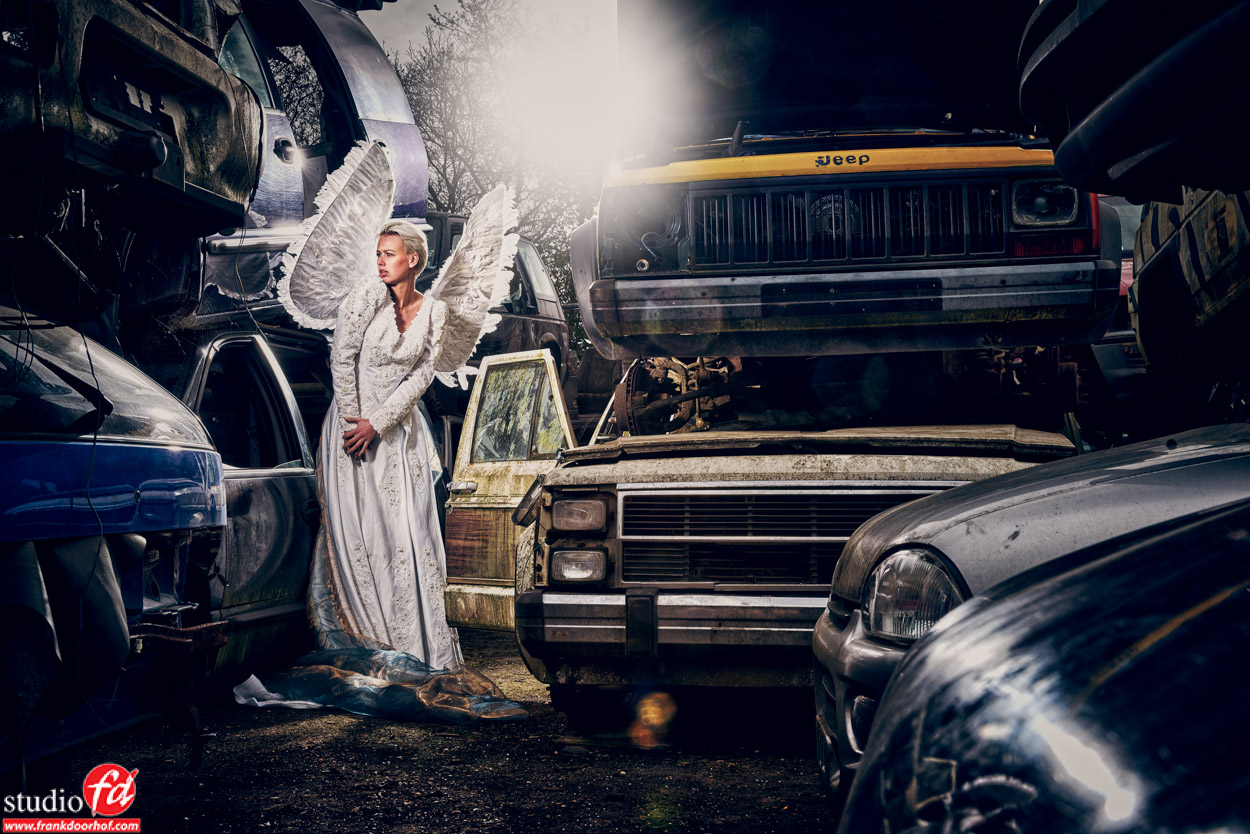


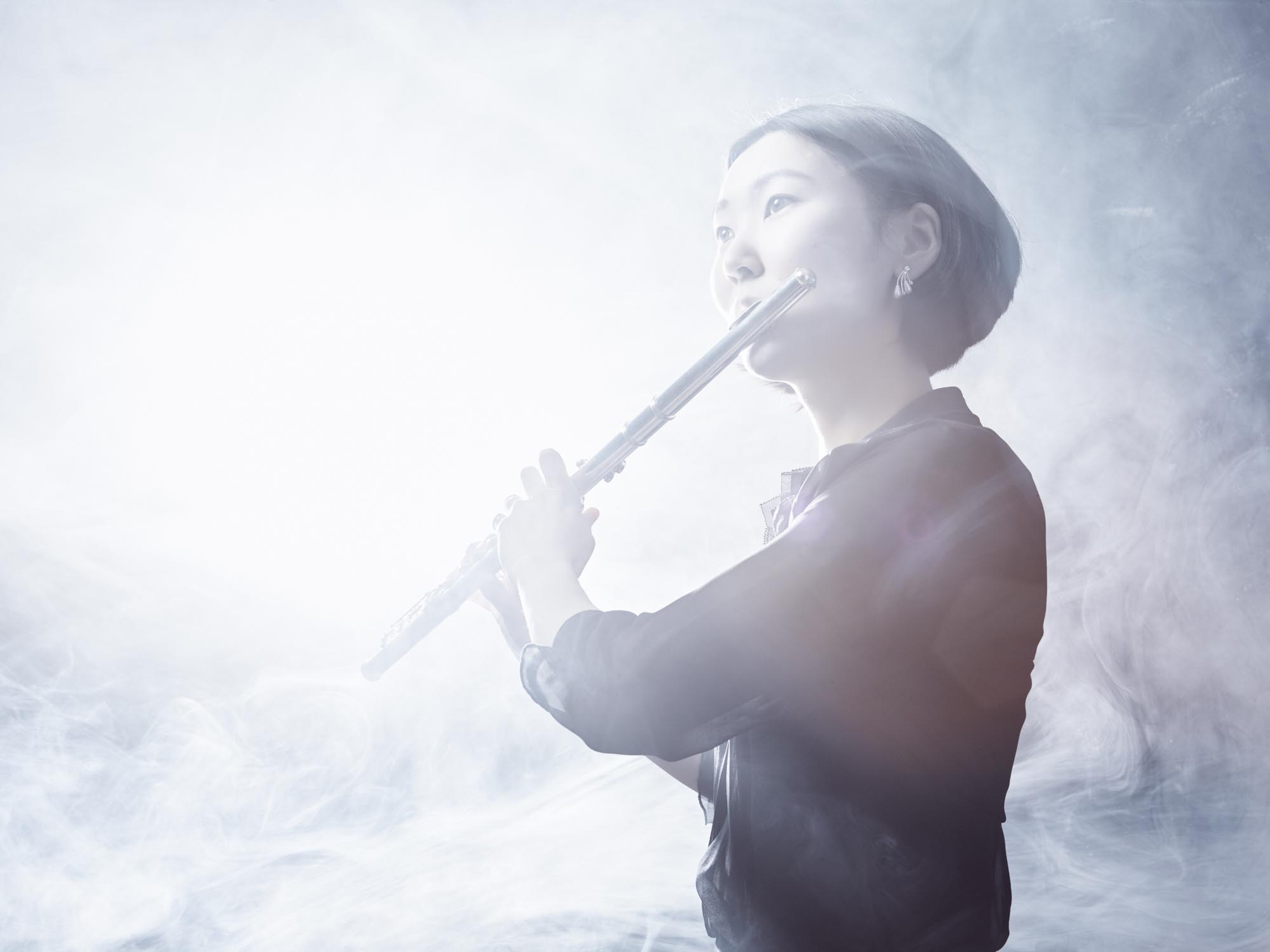
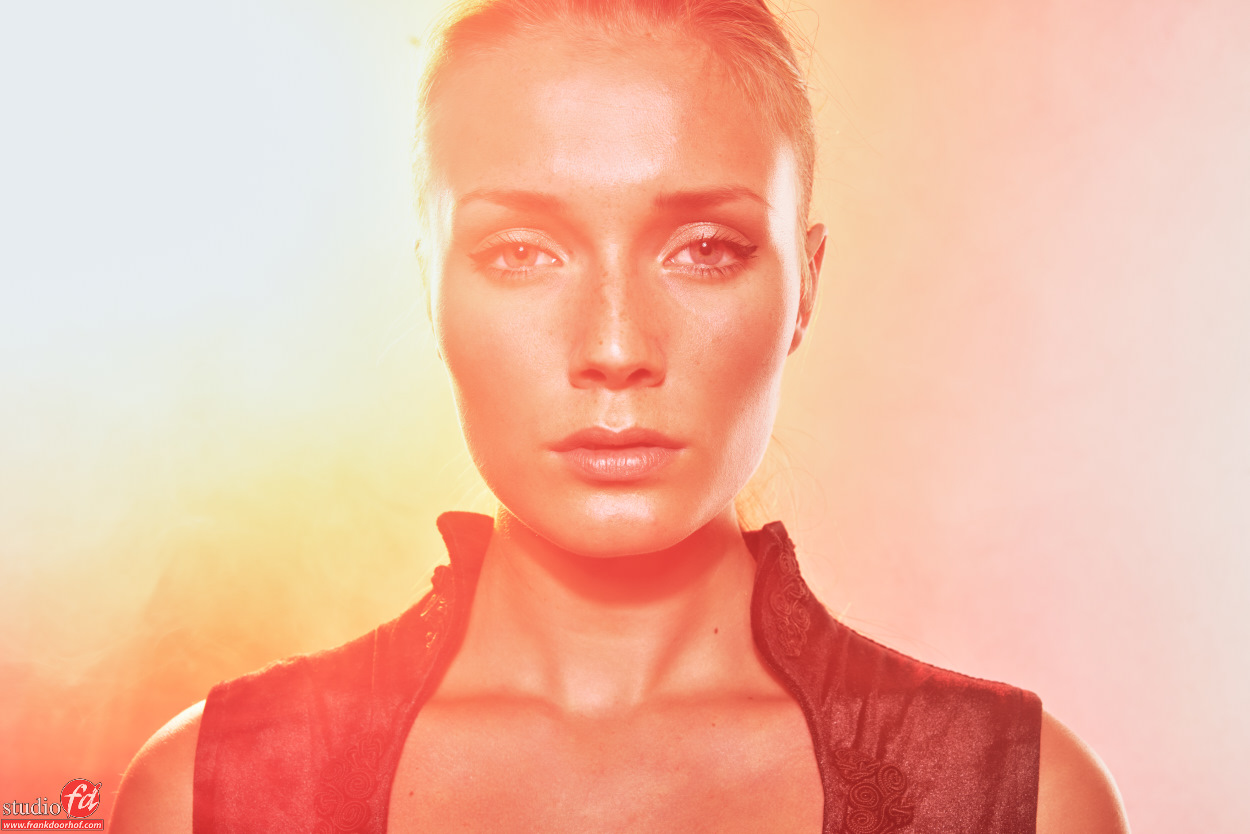
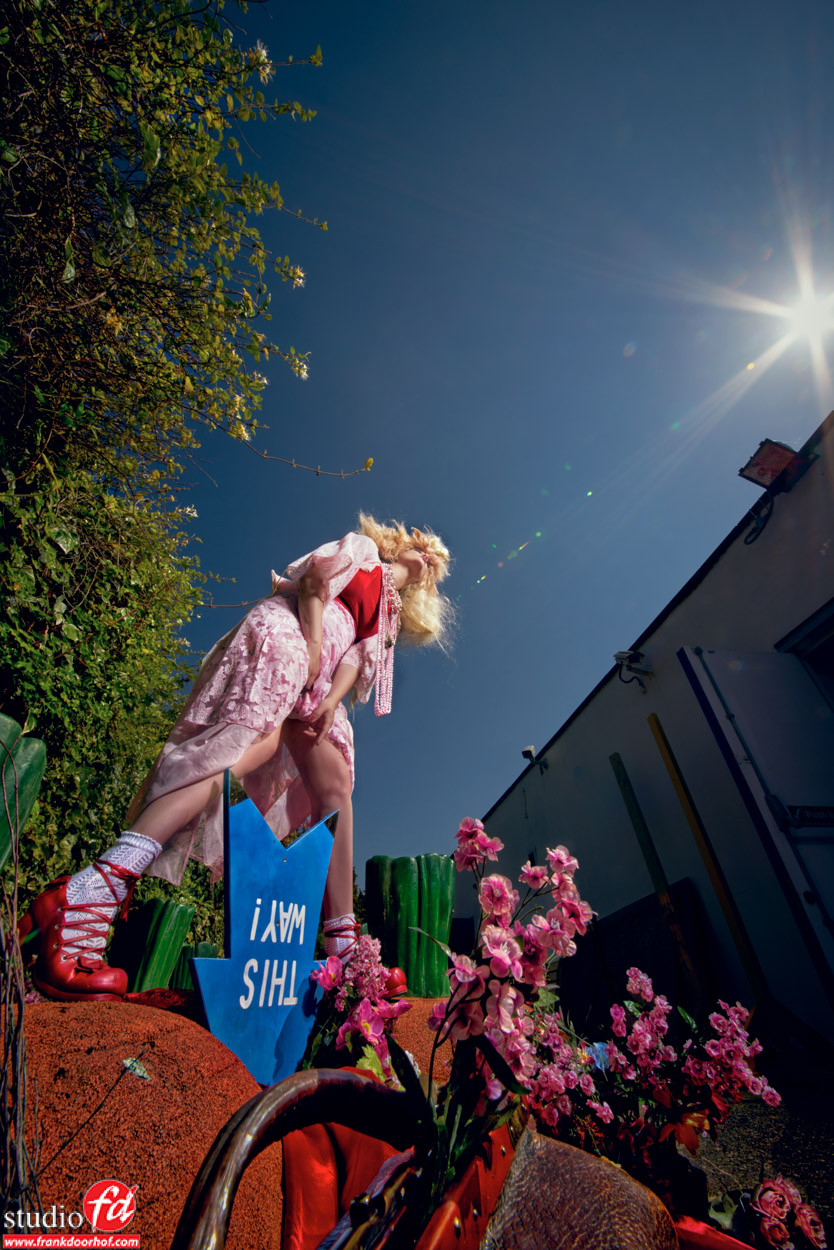

You must be logged in to post a comment.